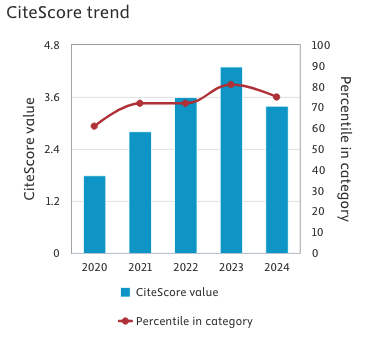Atrial septal defects, supravalvular aortic stenosis and syndromes predisposing to aneurysm of large vessels
Keywords:
Atrial septal defect, supravalvular aortic stenosis, aneurysm of large vesselsAbstract
Atrial septal defect is a persistent interatrial communication. It is the second most common congenital heart defect and is detected in 1:1500 live births. Clinical course is variable and depends on the size of the malformation. Clinical diagnosis is based on patient history, physical and instrumental examination. Atrial septal defect is frequently sporadic, but familial cases have been reported. The disease has autosomal dominant inheritance with reduced penetrance, variable expressivity and genetic heterogeneity. Supravalvular aortic stenosis is a congenital narrowing of the lumen of the ascending aorta. It has an incidence of 1:20000 newborns and a prevalence of 1:7500. Clinical diagnosis is based on patient history, physical and instrumental examination. Supravalvular aortic stenosis is either sporadic or familial and has autosomal dominant inheritance with reduced penetrance and variable expressivity. It is associated with mutations in the ELN gene. Syndromes predisposing to aneurysm of large vessels is a group of inherited disorders that may affect different segments of the aorta. They may occur in isolation or associated with other genetic syndromes. Clinical symptoms are highly variable. Familial thoracic aortic aneurysm and dissection accounts for ~20% of all cases of aneurysms. The exact prevalence is unknown. Clinical diagnosis is based on medical history, physical and instrumental examination. Genetic testing is useful for confirming diagnosis of these syndromes and for differential diagnosis, recurrence risk evaluation and prenatal diagnosis in families with a known mutation. Most syndromes predisposing to aneurysm of large vessels have autosomal dominant inheritance with reduced penetrance and variable expressivity.
Downloads
Published
Issue
Section
License
This is an Open Access article distributed under the terms of the Creative Commons Attribution License (https://creativecommons.org/licenses/by-nc/4.0) which permits unrestricted use, distribution, and reproduction in any medium, provided the original work is properly cited.
Transfer of Copyright and Permission to Reproduce Parts of Published Papers.
Authors retain the copyright for their published work. No formal permission will be required to reproduce parts (tables or illustrations) of published papers, provided the source is quoted appropriately and reproduction has no commercial intent. Reproductions with commercial intent will require written permission and payment of royalties.







